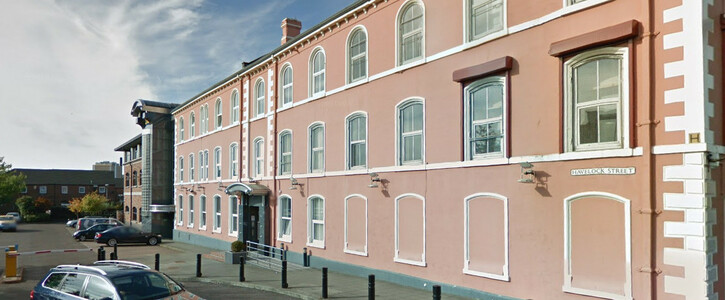500 signatures reached
To: Belfast City Council
Save Havelock House from demolition

Reject Olympian Homes' plan to demolish this Northern Irish cultural landmark and grant it protected status
Why is this important?
Havelock House is one of Northern Ireland’s best-known cultural landmarks. It is also one of our most threatened buildings – developers Olympian Homes plan to tear it down to make for an eight-storey apartment block.
Time is running out: Belfast City Council will decide on Olympian’s planning application in September. Its decision may end the remarkable story of the Victorian linen factory which became a television icon.
As the home of Ulster Television (UTV) for almost sixty years, Havelock House had an integral role in the birth of Northern Ireland’s television industry. It was the place where iconic local series such as Teatime with Tommy, Romper Room and Good Evening Ulster were made.
The building is also nationally important: it is the last surviving small station from the pioneering days of UK television. Features such as the original UTV studio are our last built record of the birth of regional television on these islands.
TV history was made there. UTV was the first small regional ITV station and Havelock House pioneered a new low-cost TV production model. Its success allowed other less populous parts of the UK to have their own local stations.
It was also the site of the first adult education shows on UK television, a pioneering ‘rooftop’ studio and the first satellite link-up between a UK regional station and the US.
There’s more to Havelock House than television though – the building has been a familiar presence on Belfast’s Ormeau Road since 1871.
After its stint as a linen factory, it became the headquarters of the All-British Trading Stamp Company, an early loyalty scheme where customers received stamps with their shopping which could be trade in for free items.
The building then saw service during World War II as accommodation for soldiers who were protecting the city’s bridges from German attack. After the war, it became an engineering works and a dressmakers.
Its exterior also hides a secret – beneath the plaster render applied by UTV in 1959, there is attractive polychromic brickwork and stone cut dressings similar to buildings such as the Riddell warehouse, which unlike Havelock House, have listed status.
Havelock House is a versatile and historic building which stands ready for a new chapter in its remarkable story. It should the showpiece of any redevelopment of the area rather than torn down for yet another faceless apartment block.
As guardians of our city’s heritage, Belfast City Council must reject any proposal for the building’s demolition and put in place an appropriate strategy for its protection.

